Hešeri,is a clan of Manchu nobility with Jianzhou Jurchens roots,originally hailing from the area which is now the modern Chinese provinces of Jilin and Liaoning. It was once one of the most important and powerful noble families in the early Qing dynasty in China,second only to the royal House of Aisin Gioro,to whom they were closely related by marriage.
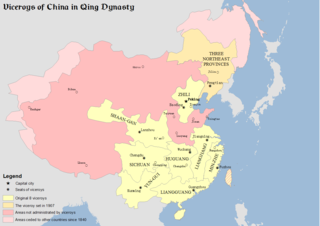
Zongdu,usually translated as Viceroy,Head of State or Governor-General,governed one territory or more provinces of China during the Ming and Qing dynasties.

The Viceroy of Liangguang,fully in Chinese as the Governor-General of Two Guang Provinces and Other Local Areas,in Charge of Military Affairs,Food and Wages and Governor Affairs,was one of eight regional Viceroys during the Ming and Qing dynasties of China. The Viceroy of Liangguang had jurisdiction of military,civil,and political affairs over then Guangdong Province and then Guangxi Province.

The Viceroy of Liangjiang,fully named in Chinese as the Governor-General of the Two River Provinces and Other Local Admirals,in Charge of Military Affairs,Food and Wages,Management of Rivers,and Administration on Nanhe Affairs,was one of eight regional Viceroys during the Qing dynasty. The Viceroy of Liangjiang had jurisdiction of military,civil,and political affairs over then Jiangnan Province and then Jiangxi Province. The position was set up in 1647 and abolished in 1912.
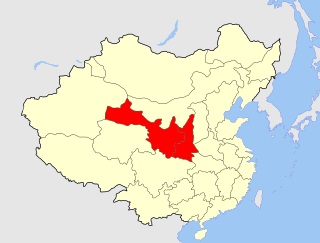
The Viceroy of Shaan-Gan,fully in Chinese as the Governor-General of Shaanxi,Gansu and Other Local Areas,in Charge of Military Affairs,Food and Wages,Tea and Horses and Governor Affairs,was one of eight regional Viceroys during the Qing dynasty. The Viceroy of Shaan-Gan had jurisdiction of military,civil,and political affairs over then Shaanxi Province and then Gansu Province.
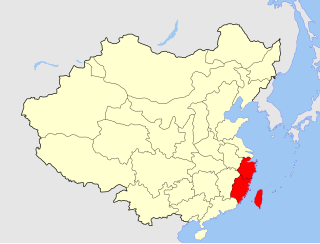
The Viceroy of Min-Zhe,fully in Chinese as the Governor-General of Min-Zhe Provinces and Other Local Areas,in Charge of Military Affairs,Food and Wages and Governor Affairs,was one of eight Viceroys during the Qing dynasty. The Viceroy of Sichuan had jurisdiction of military,civil,and political affairs over then Fujian Province,Zhejiang Province,and Taiwan Province.
Events from the year 1692 in China.
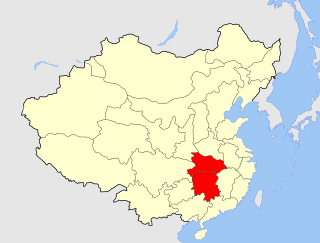
The Viceroy of Huguang,fully in Chinese as the Governor-General of Hubei,Hunan and Other Local Areas,in Charge of Military Affairs,Food and Wages and Governor Affairs,was one of eight regional Viceroys during the Qing dynasty. The Viceroy of Huguang had jurisdiction of military,civil,and political affairs over then Hubei Province and then Hunan Province.
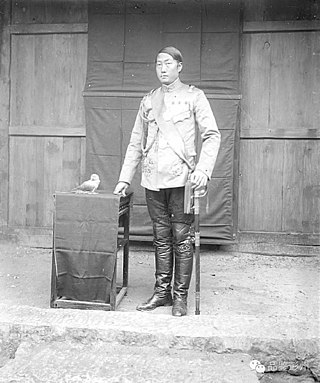
Yin Changheng was a military leader in the Qing Dynasty and the Republic of China. He was a member of the Tongmenghui,and on the outbreak of the Xinhai Revolution he became one of the leaders of the revolutionary army in Sichuan. He was the first Military Governor of Sichuan Province and one of the founders of the Sichuan Army. His former name was Changyi (昌儀). Courtesy name was Shuo Quan (碩権). He was born in Peng District,Sichuan.
Events from the year 1907 in China.
Events from the year 1779 in China.
Yue Zhongqi was a Chinese military commander of the Qing dynasty. He was a descendant of Yue Fei,and served as Ministry of War and Viceroy of Chuan-Shaan during the reign of the Yongzheng Emperor.
Events from the year 1857 in China.
Events from the year 1862 in China.
Events from the year 1863 in China.
Events from the year 1661 in the Qing dynasty.
Events from the year 1668 in China.
Events from the year 1670 in China.
Events from the year 1671 in China.
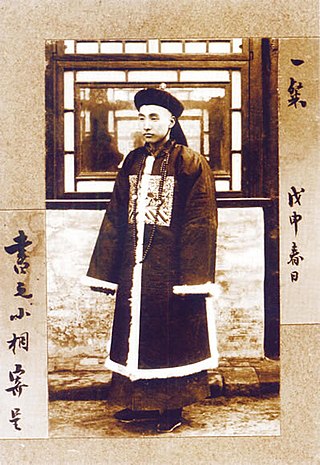
The Qing dynasty was the last imperial dynasty of China. The early Qing emperors adopted the bureaucratic structures and institutions from the preceding Ming dynasty but split rule between the Han and Manchus with some positions also given to Mongols. Like previous dynasties,the Qing recruited officials via the imperial examination system until the system was abolished in 1905. The Qing divided the positions into civil and military positions,each having nine grades or ranks,each subdivided into a and b categories. Civil appointments ranged from an attendant to the emperor or a Grand Secretary in the Forbidden City (highest) to being a prefectural tax collector,deputy jail warden,deputy police commissioner,or tax examiner. Military appointments ranged from being a field marshal or chamberlain of the imperial bodyguard to a third class sergeant,corporal or a first or second class private.































